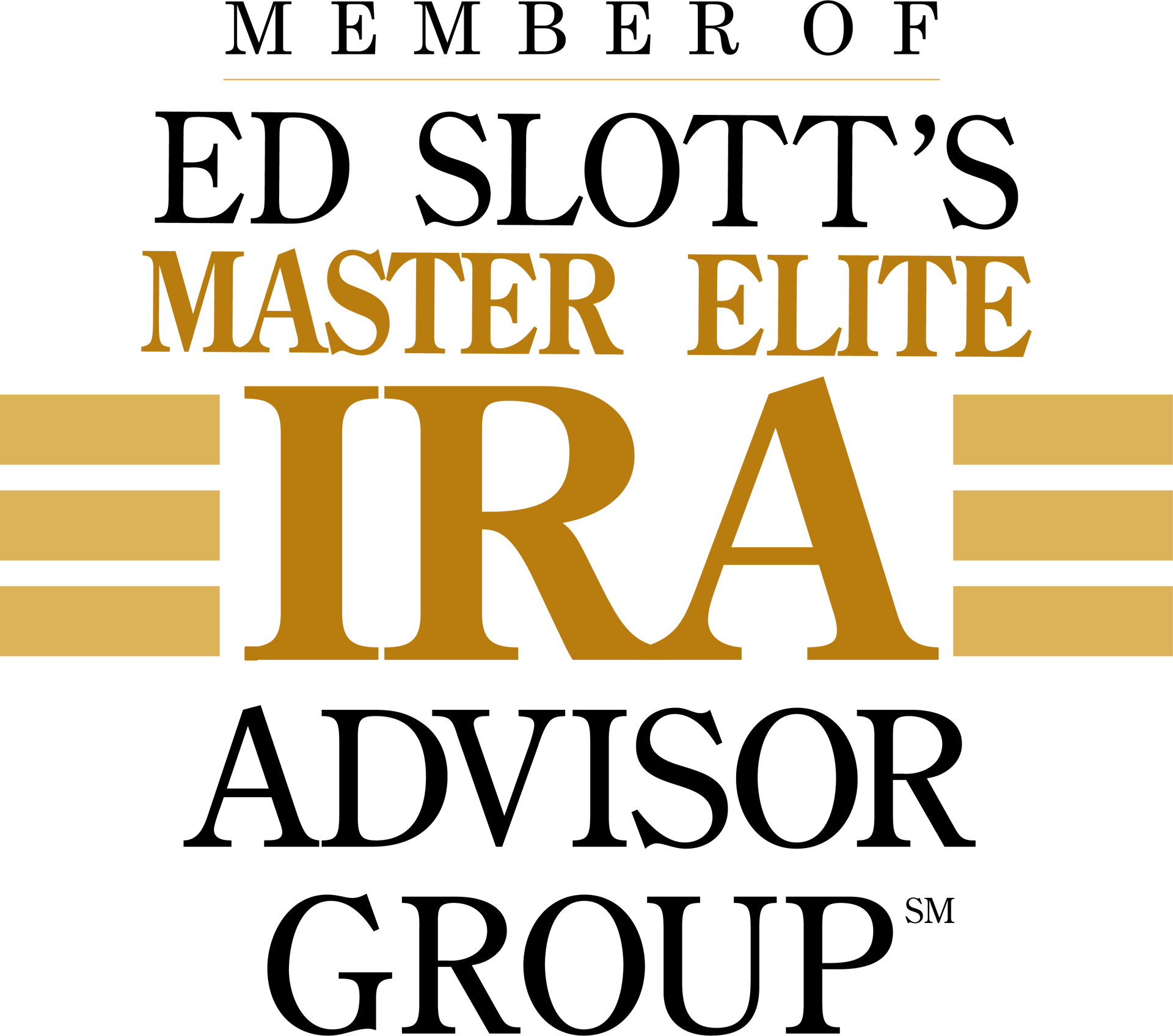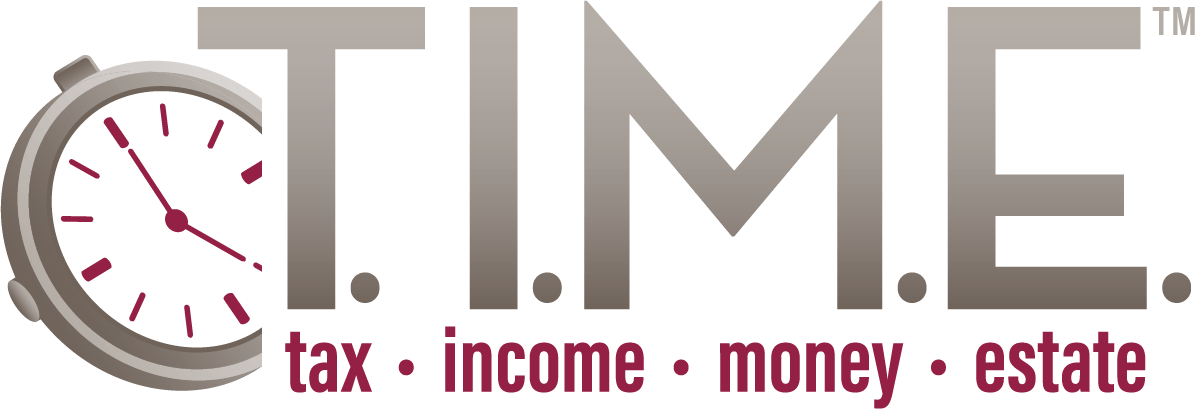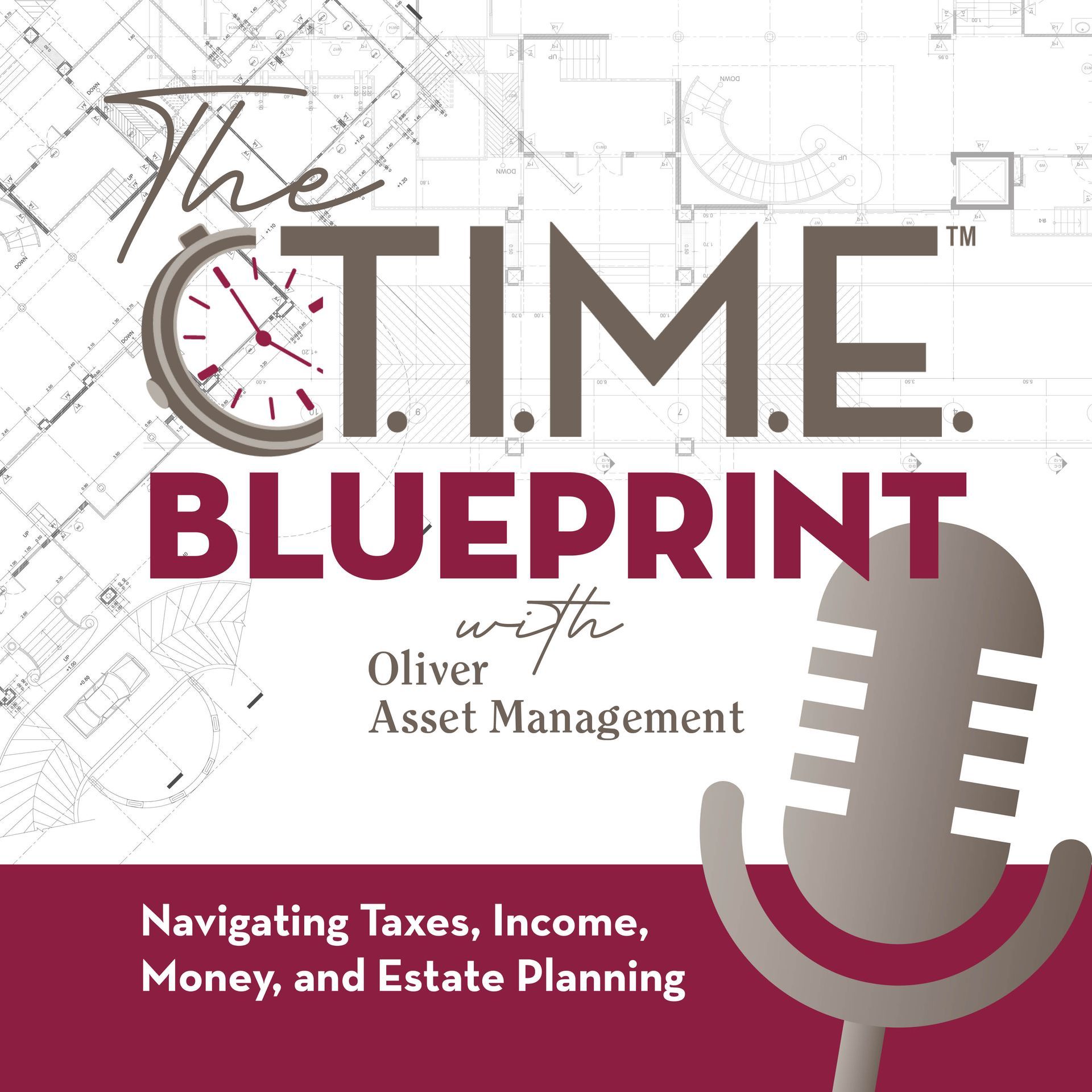Many people have company-sponsored retirement plans as part of their portfolios. Contributions are typically effortless as your account accumulates from funds deposited directly from your paycheck. However, when it comes time for a distribution, there is much more to be mindful of.
Although IRA rollovers, Roth conversions and lump-sum distributions may present significant tax-saving strategies, they are likely only available at the time of your distribution. So proceed carefully to minimize your tax burden when considering some of the below options.
1) Convert to a Roth IRA. The plan assets don’t need to first move to an IRA. You can do a full or partial conversion as a direct rollover or a 60-day rollover.
The advantages? Income-tax-free withdrawals of the converted amount may be done at any time; more investment options; flexibility in estate planning; less paperwork on a distribution; and flexibility in naming beneficiaries.
2) Convert to Roth Plan Assets. This is similar to the Roth IRA conversion option. You will also have required minimum distributions (RMDs) from the plan during your lifetime – unlike with a Roth IRA conversion. We can discuss strategies to avoid this.
3) Lump Sum Distribution. Take the money and run! If you need the money immediately and have no other source of readily available funds, you should think about this option. Keep in mind that income tax and the 10% early distribution penalty, if applicable, will be owed on the total distribution amount.
4) Leave it in the Current Plan. Leaving it in the plan allows the assets to remain in a tax-deferred plan and maintains creditor protection, but it minimizes many of the benefits of moving the money to tax-free territory.
5) Move it to a New Employers Plan. Many are not aware of this option. If you leave one job for another, the new employer’s plan may allow you to roll in the assets from the old one. Again, this option keeps the assets in a tax-deferred plan. The drawbacks include a continued limit on investment options and plan limits on distributions.
6) Roll Over Plan Assets to an IRA.
If you don’t need the money right away, this is an option to seriously consider. You would be able to have more investment options, no withdrawal restrictions after age 59 ½, and many more benefits that we can discuss when considering the best option for you.






Advisory services offered through CreativeOne Wealth, LLC a Registered Investment Adviser. CreativeOne Wealth, LLC and Oliver Asset Management are unaffiliated entities.
Licensed Insurance Professional. Respond and learn how financial products, including life insurance and annuities can be used in various planning strategies for retirement. The information contained herein is based on our understanding of current tax law. The tax and legislative information may be subject to change and different interpretations. We recommend that you seek professional tax advice for applicability to your personal situation.
*Testimonials are based on unique experiences from current clients and are not representative of all client experiences. Testimonials are unsolicited and clients received no compensation (cash or non-cash). Past performance is no guarantee of future results. Testimonials are encouraged and welcomed from all prospects and clients. Investment advisory services offered through CreativeOne Wealth, LLC, a registered investment advisor. CreativeOne Wealth is not affiliated with Oliver Asset Management. Additional information about CreativeOne Wealth, LLC is available in its current disclosure documents, Form ADV, Form ADV Part 2A Brochure, and Client Relationship Summary report which are accessible online via the SEC’s Investment Adviser Public Disclosure (IAPD) database at www.adviserinfo.sec.gov, using CRD #281213.
Oliver Asset Management © 2023








